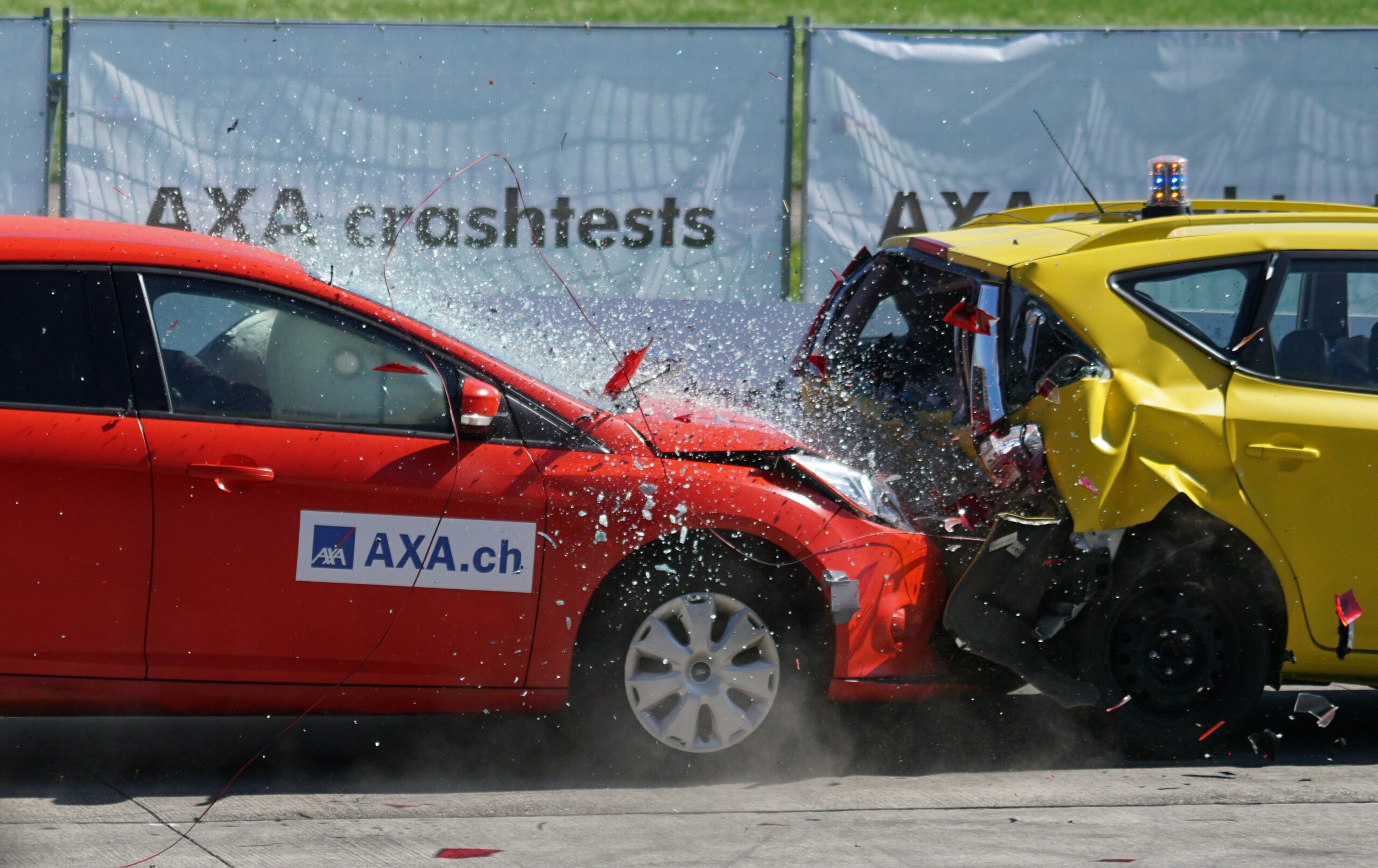
Admittedly, “famous” might be a rather grandiose adjective to describe the rebooted Walker: Texas Ranger and Supernatural star. But CW actor Jared Padalecki says he is “on the mend” following a serious car wreck.
Padalecki, who offered no details about the wreck, except to say that he was a passenger, said he hoped to get back to filming in a few days. “I’m so lucky to have had the best care and be surrounded by people who love me. So grateful for everyone,” he added on an Instagram post.
A co-star remarked that Padalecki was in a “bad” accident and he was “lucky to be alive.”
Passenger Injuries
Famous, infamous, and non-famous people all have the same legal rights in civil court, at least in most cases. Likewise, injured passengers and injured drivers have the same legal rights, at least in most cases. These two kinds of car accident victims also have the same financial needs. They need money to pay crash-related medical and other bills. They also need money to put the accident behind them.
However, from a practical standpoint, there are some differences between injured drivers and injured passengers. A New York personal injury attorney must account for these differences, both during the pretrial process and the trial process.
Many passengers are hurt in single-car accidents. Usually, the car’s driver is legally responsible for such wrecks. Driver error causes about 98 percent of the vehicle collisions in New York. Defective tires, bad brakes, and other defective products cause most of the rest. Most of these injured passengers have close, personal relationships with most of these at-fault drivers. Many injured passengers don’t want to take their friends and/or relatives to court, especially if a health insurance company will pay most or all of the medical bills.
But, health insurance companies usually don’t pay 100 percent of the medical bills. They certainly don’t pay for most referrals to car crash specialists. Moreover, the medical bills are only the beginning. These victims often miss work for several months. They also deal with intangible losses, such as the loss of enjoyment in life. Only an attorney can obtain maximum compensation for all these losses.
Additionally, there’s a common misconception about the nature of a personal injury case. Victims don’t file claims to “blame” drivers for wrecks. Victims file claims to get financial compensation. As outlined above, these victims quite frankly need money. They shouldn’t have to pay this money out of their own pockets. They also shouldn’t have to suffer silently.
Moreover, people often misunderstand the legal nature of a passenger injury claim. Most victims voluntarily get into most motor vehicles. But they still have a legal right to obtain compensation, if they can prove negligence. More on that below.
Car Crash Evidence
First things first. A victim doesn’t get a nickel unless s/he has enough evidence to prove negligence by a preponderance of the evidence, or more likely than not. Generally, evidence in a car crash case includes the police accident report, witness statements, and medical bills. Sometimes, there’s a weak link in the chain.
The police report is a good example. Many accident victims cannot give statements to police officers. That’s obviously true if the victim dies in the wreck. In these situations, the police report is biased. The reporting officer only heard one side of the accident story.
To get a more accurate picture, a New York personal injury attorney often partners with an accident reconstruction professional. These individuals review existing evidence and offer their own conclusions about what happened. Such professionals are usually more convincing than police officers who do their best but lack the training and expertise needed to analyze a complex wreck.
Sometimes, a deeper dive is necessary. If an accident reconstruction professional, or a New York personal injury attorney, needs additional evidence, a vehicle’s Event Data Recorder might be available. EDRs accurately measure and record things like brake application and vehicle speed. Unlike people, computers are never wrong or biased.
Note we said that the EDR “might be available.” Many insurance companies “accidentally” destroy such evidence before a victim’s lawyer can examine it. Additionally, lawyers often use privacy laws to restrict or deny device access.
A good lawyer easily leaps over both these hurdles. If an attorney sends a spoliation letter to an insurance company, the defendant must hold onto all potential physical evidence, including the EVent Data Recorder. Additionally, a court order giving a lawyer permission to fully inspect an EDR trumps New York’s vehicle information privacy laws.
Liability Theories
The evidence in a wreck usually points to a potential liability theory based on driver impairment or an operational error.
Compensation in a driver impairment case is often quite high. Usually, these individuals make a conscious decision to get behind the wheel although they know it’s dangerous for them to drive. So, an impairment-related wreck is hardly ever a “wrong place at the wrong time” accident. Common kinds of driver impairment include:
Driving while sleepy, drunk, and/or stoned violates the duty of reasonable care. This legal responsibility requires drivers to be at their physical and mental best when they get behind the wheel.
Running a red light, changing lanes unsafely, and speeding are the most common operational errors. Speeding is by far the biggest one. These errors often involve the negligence per se shortcut. This rule holds these tortfeasors responsible for damages as a matter of law, even if they were in the “wrong place at the wrong time.”
Sometimes, these two theories overlap. It’s also against the law to drive under the influence of drugs or alcohol, even if the substance was legal to consume.
Accident victims are usually entitled to substantial compensation. For a free consultation with an experienced personal injury lawyer in New York, contact the Pianko Law Group, PLLC. Our main office is near Battery Park.